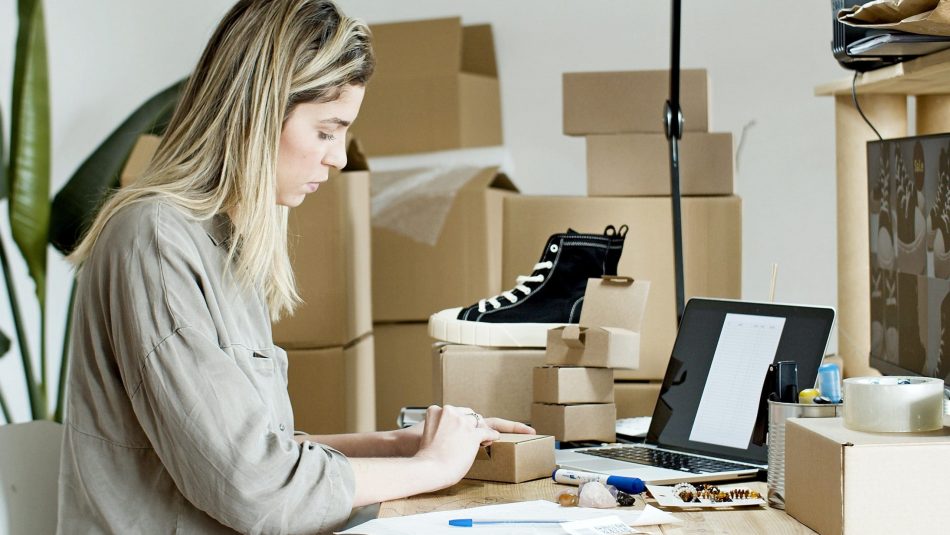Year 2008: Milda Mitkute is moving and piling up clothes in cardboard boxes. She’s been a serial shopper for years and now, she can’t deny the overwhelming amount of her clothes 👗. Her friend Justas Janauskas is much more inclined to launch a website than handle boxes: he comes up with the idea of a sales app that will earn her money while getting rid of the pieces she’s fallen out of love with.
Before Milda and Justa, second-hand shopping meant going to Goodwill or other thrift stores. Nowadays, thanks to the pair, you can fetch second-hand Nike sneakers for half price from the comfort of your bathroom 👟. 15 years and 45 million users later, everybody knows Vinted.
- Nearly one out of two French customers has already experienced buying second-hand, but what motivates e-shoppers to buy preloved items?
- Is buying used and refurbished just a fad for the younger generations?
- How can brands react and respond to these new consumer habits?
Foxintelligence answers these questions with key figures.






